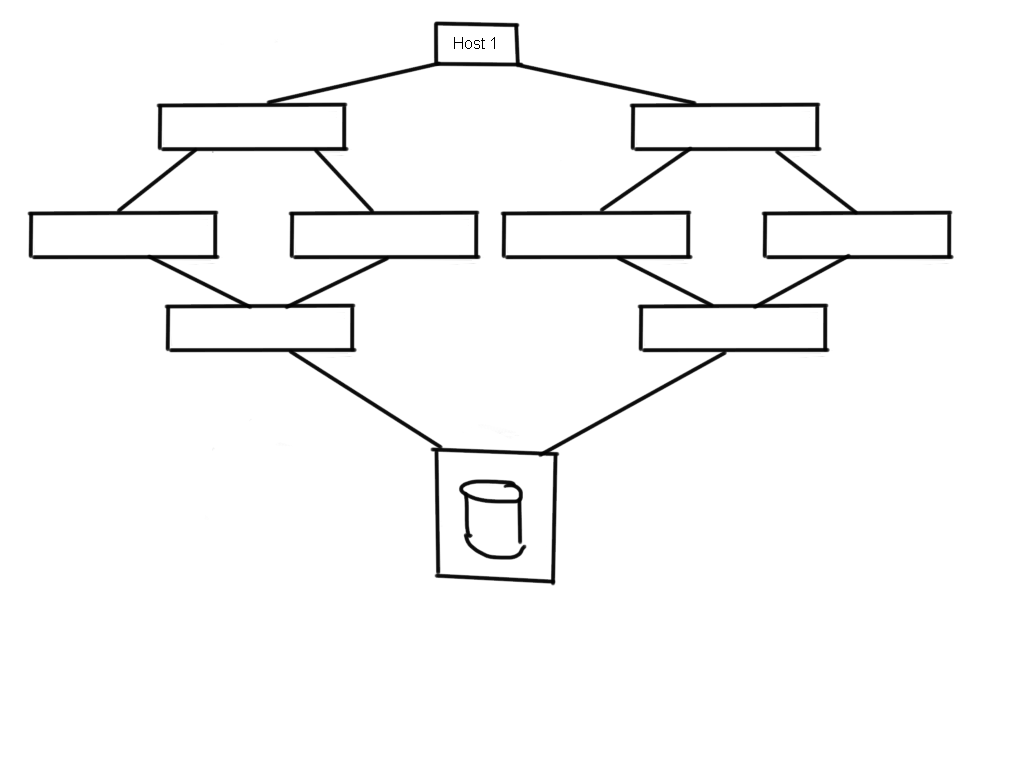To many it has always been a mystery what happens when you connect fibre-channel switches to each other and all of a sudden magic happens and you can have an host “talk” to an array or an other device on an other switch. The same mystery however applies when this doesn’t work and you see “E-port segmented, port disabled”. In later FOS codes you may see some additional cryptic reasons like “ESC mismatch” but to many this is as gibberish as particle physics.
This post explains most of the important settings on an Brocade switch port destined to become an E-port in either a standalone master or in a slave role as part of a trunk. I’ll also highlight the importance of some settings when it comes to virtual channel initialization on both short and long distance settings as well as things seen on the wire when an ISL is segmented due to a fabric configuration problem. This post also touches on C/DWDM connectivity in relation to Brocade ISL’s.

